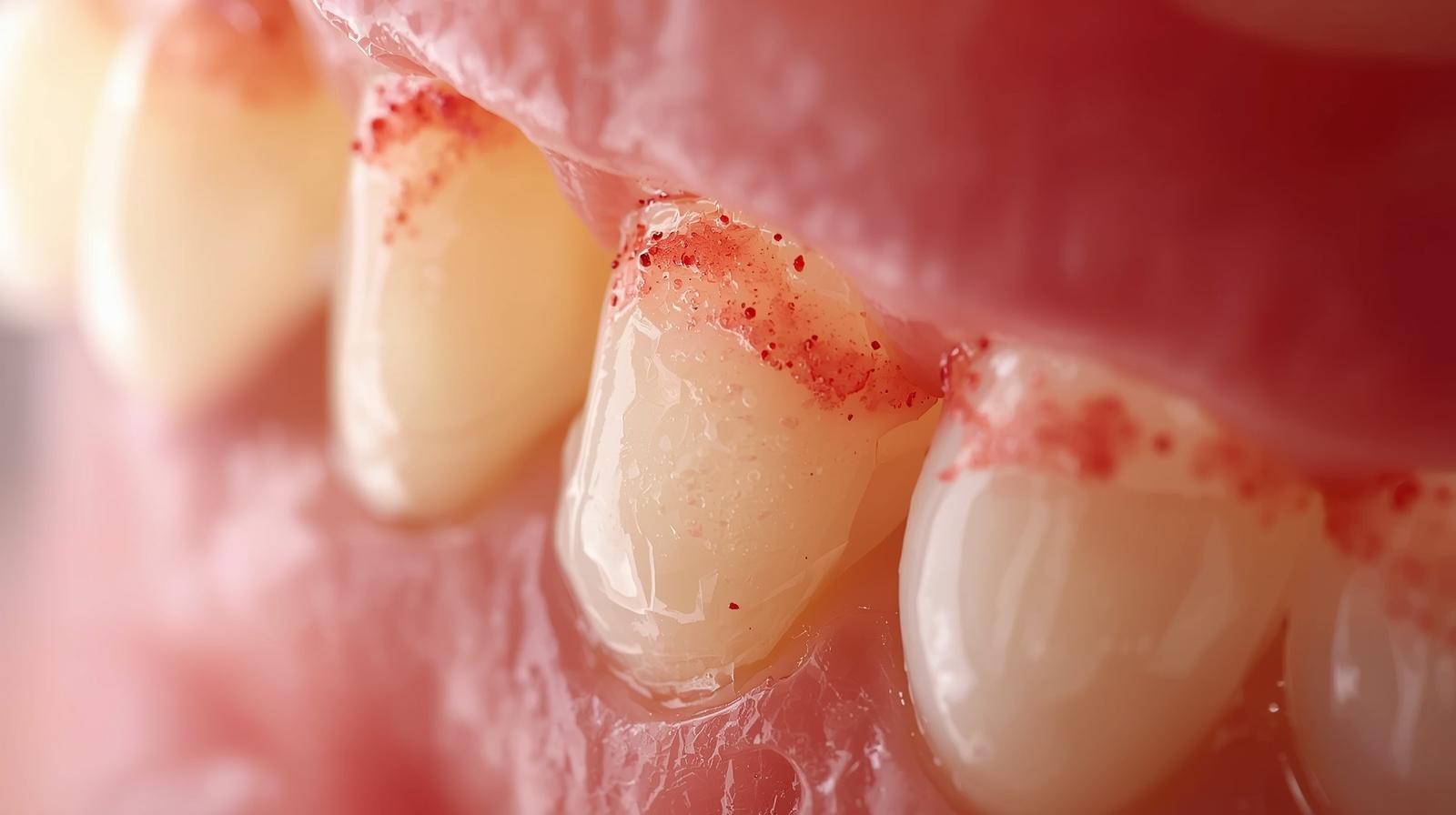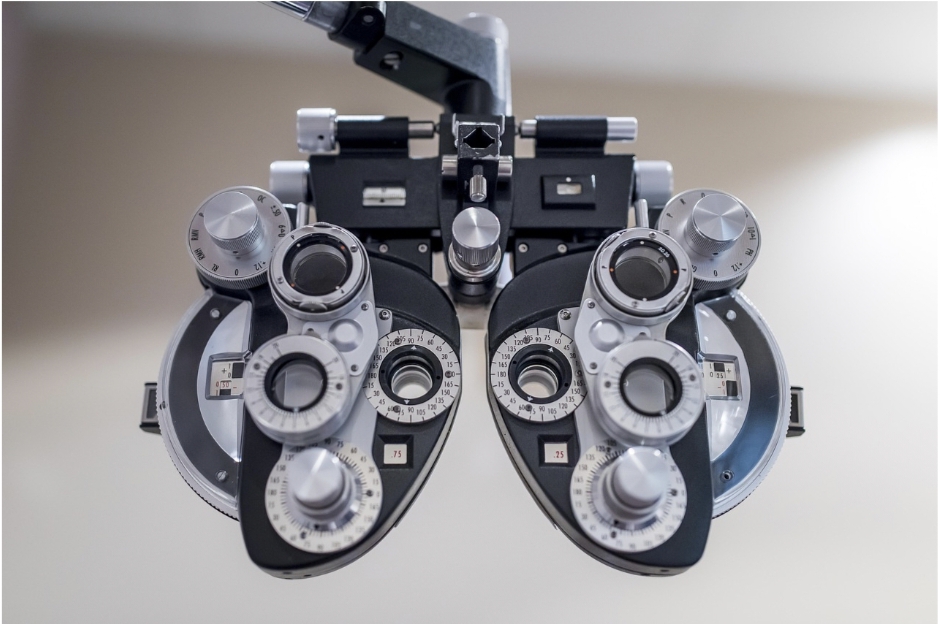A bright smile starts with healthy gums—but when brushing or flossing causes bleeding, it’s your body’s way of signaling that something’s wrong. While many people dismiss bleeding gums as “normal,” this common symptom can be an early warning sign of gum disease, which, if left untreated, can lead to tooth loss and other serious health problems. Understanding what your gums are telling you can help you take timely action to protect your oral and overall health.
Why Gum Health Matters
Your gums play a crucial role in keeping your teeth anchored and protected. They form a barrier against bacteria, support bone structure, and contribute to the overall aesthetics of your smile. When gums become inflamed or infected, they can no longer perform these functions effectively. Gum disease, medically known as periodontal disease, is one of the most common dental conditions worldwide—and also one of the most preventable.
The earliest stage of gum disease is gingivitis, a mild inflammation caused by plaque buildup along the gumline. If untreated, gingivitis can progress to periodontitis, a more severe form that damages the bone and connective tissue supporting your teeth. Recognizing the early indicators is the first step to stopping gum disease in its tracks.
Early Warning Signs You Shouldn’t Ignore
1. Bleeding Gums
If your gums bleed when you brush or floss, it’s not just due to brushing too hard—it’s usually a sign of inflammation. Plaque and bacteria irritate the gum tissue, making it more sensitive and prone to bleeding. Persistent bleeding should always be evaluated by a dental professional, as it can indicate the beginning stages of gum disease.
2. Red, Swollen, or Tender Gums
Healthy gums are firm and pink. When they appear red, puffy, or feel sore to the touch, it often means your immune system is fighting off an infection. This inflammation is the body’s natural response to bacterial buildup. Over time, the swelling can pull the gum tissue away from the teeth, creating pockets that trap more bacteria and worsen the condition.
3. Persistent Bad Breath
Chronic bad breath, or halitosis, can be another subtle sign of gum issues. The bacteria that cause gum infections release toxins and unpleasant odors. If your bad breath doesn’t improve with regular brushing, flossing, and mouthwash, it might be a symptom of an underlying gum infection that requires professional care.
4. Gum Recession
When the gum tissue begins to recede or pull away from the teeth, it exposes the tooth roots and increases sensitivity. Receding gums not only affect your smile’s appearance but also provide more space for bacteria to gather, increasing the risk of tooth decay and bone loss.
5. Changes in Your Bite or Loose Teeth
In advanced stages, gum disease can damage the supporting bone around your teeth, causing them to loosen or shift. You might notice a change in how your teeth fit together or how dentures sit in your mouth. These changes are serious warning signs that require immediate dental intervention.
Common Causes of Gum Problems
Poor oral hygiene is the leading cause of gum disease. When plaque isn’t removed through regular brushing and flossing, it hardens into tartar, which can only be removed by a dental professional. Other contributing factors include:
- Smoking or tobacco use, which weakens gum tissue and reduces healing ability.
- Hormonal changes (such as pregnancy or menopause), which make gums more sensitive.
- Certain medications, which can cause dry mouth or affect gum health.
- Poor diet, especially one low in vitamin C and essential nutrients.
- Underlying health conditions like diabetes, which can increase infection risk.
Protecting Your Gums: Prevention and Care
Caring for your gums doesn’t have to be difficult. With a consistent routine and a few simple habits, you can significantly reduce your risk of gum problems and maintain a healthy smile.
- Brush twice daily with a soft-bristled toothbrush and fluoride toothpaste to remove plaque and protect enamel.
- Floss every day to clean between teeth and along the gumline where your toothbrush can’t reach.
- Rinse with an antibacterial mouthwash to reduce harmful bacteria and freshen your breath.
- Maintain a balanced diet rich in fruits, vegetables, and calcium to strengthen teeth and support gum health.
- Avoid tobacco products, as they can weaken gum tissue and slow healing.
- Visit your dentist regularly, ideally every six months, for professional cleanings and early detection of any issues.
If signs of gum disease are detected early, treatments such as deep cleaning (scaling and root planing), enhanced at-home care, or prescribed medication can often reverse the damage.
For patients with missing teeth due to advanced gum problems, same-day dental implants in Odessa, FL offer a fast, reliable solution to restore both function and confidence. This modern treatment allows you to leave the dental office with a fully restored smile in just one visit—helping you regain your oral health and quality of life without delay.
The Bigger Picture: Gum Health and Your Overall Well-Being
Gum health doesn’t just impact your smile—it’s closely linked to your general health. Studies have shown connections between gum disease and systemic conditions such as heart disease, diabetes, and even Alzheimer’s. The inflammation caused by gum infection can enter the bloodstream, affecting other parts of the body. By keeping your gums healthy, you’re also protecting your overall wellness.
Final Thoughts
Bleeding gums are more than a minor inconvenience—they’re an early cry for help from your mouth. Paying attention to these warning signs and seeking prompt dental care can prevent more serious complications down the road. Remember, your gums are the foundation of your smile. Treat them with care, and they’ll support a lifetime of healthy, confident grins.





